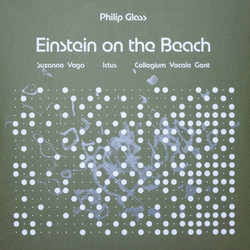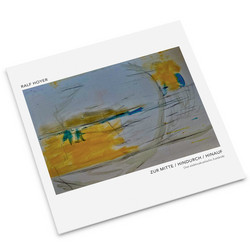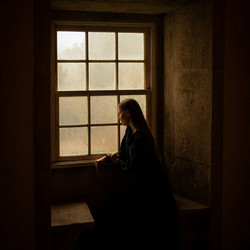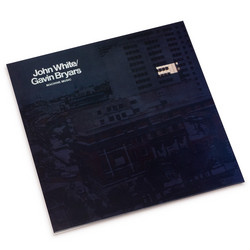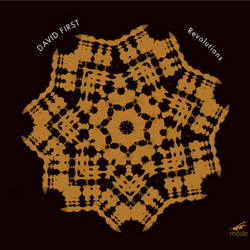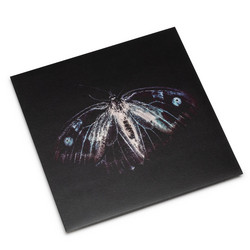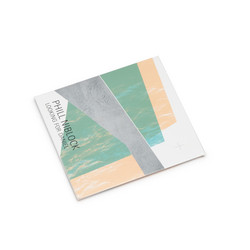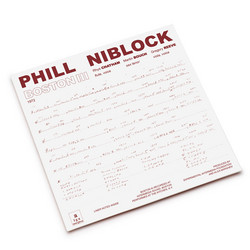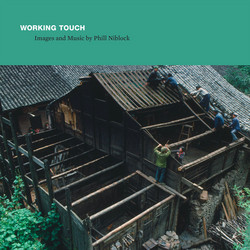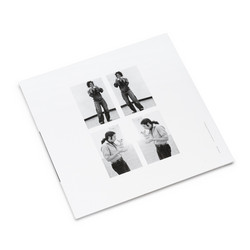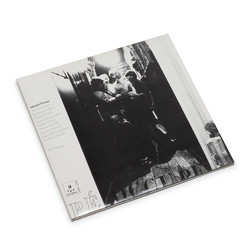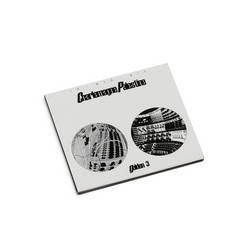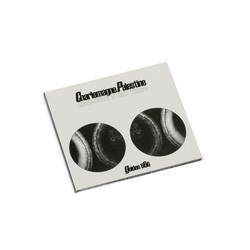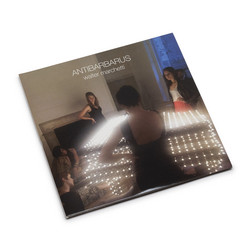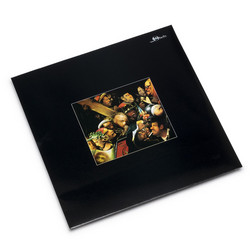CD Edition. Alga Marghen returns with what might just be their most historically significant release to date, “Boston Tenor Index”, comprising three, never before released compositions - “Index”, from 1969; and “Tenor” and “Boston III”, both from 1972 - by Phill Niblock, that represent some the earliest works in his catalogue to have ever appeared. Truly stunning in audio terms, and an absolute revelation toward understanding how Niblock arrived where he did a few short years down the road, it’s easily one of the best things we’ve heard all year.
Over the course of nearly three decades of activity, the Italian imprint, Alga Marghen, has continuously cast light into the shadows of historical sound practice, offering particular focus to underappreciated artefacts at the juncture of visual art, sound-art, experimental music, and sound-poetry. With each subsequent release, the label has helped to reform our understanding of the 20th century, and the voices that made it what it was. Over the years, they’ve brought forth an unprecedented range of early and archival material by seminal composers like Charlemagne Palestine, Walter Marchetti, Philip Corner, Henri Chopin, Robert Ashley, David Behrman, Max Neuhaus, Eliane Radigue, and numerous others. While surprising to think, until now they have yet to touch upon the towering legacy of Phill Niblock. Their latest LP, “Boston Tenor Index”, takes a deep dive into some of the earliest work ever released by the American composer, comprising never before released works three works in his catalogue, “Index”, from 1969; and “Tenor” and “Boston III”, both from 1972. Creatively striking, while casting crucial light on Niblock’s beginnings as a composer, it’s a truly remarkable body of sound and easily among the most important archival releases that we’ve encountered so far this year.
A composer, filmmaker, photographer, and tireless supporter, Phill Niblock is a pillar of American experimental music. For the last fifty years, there hasn’t been a time when he wasn’t there. It’s hard to think of anyone who, in one way or another, been touched by his music - carefully crafted, constrained works of durational tonality and shimmering harmonics - and his many efforts. For much of his career, Niblock has been focused on live performance acoustic phenomena. For this reason - recognizing that each performance and environment, including the volumes that they were played, could radically alter the experience of his works - he refrained to release his music in recorded form until the early 1980s, and then only issuing it at an incredible slow and considered pace. Consequently, his output been defined by a remarkable sense of clarity and depth, with each album amounting to near perfection. Thankfully, over the last five years, the pace of releases has begun to quicken, nearly doubling his discography during that period.
After roughly a decade of working as a filmmaker and photographer, during the late 1960s, while collaborating with the Judson Dance Theater in NY, Phill Niblock embarked upon a new career as a composer. Over the coming decade, he would begin to slowly assemble a singular body of works that layered microtonal drones - meticulously recorded from acoustic instrument - that culminated as some of the most remarkable gestures of tape collage and musical minimalism to appear during the second half of the 20th century. With a small number of exceptions, the earliest of these to appear as albums - “A Trombone Piece”, “A Third Trombone” (“Nothin To Look At Just A Record”, 1982); “Second Two Octaves And A Fifth”, “First Performance” (“Niblock For Celli / Celli Plays Niblock”, 1984), "P K", "S L S", "P K & S L S", "Winterbloom Too" (Four Full Flutes, 1990) - were composed and recorded during the late 1970s. Until now, it’s been almost impossible to encounter Niblock’s compositions from earlier than that period, a reality thankfully rectified by the long overdue appearance of the works that comprise “Boston Tenor Index”.
The album beings with the piece, “Boston III”, composed and recorded in 1972 at Intermedia Sound studio in Boston with Rhys Chatham contributing flute and vocals, Martin Bough contributing the tones of tenor saxophone, Gregory Reeve contributing those of viola and hist voice, and the vocals of Niblock himself. Using a 16-track Ampex tape recorder, at that time the world's newest recording device, Niblock superimposed the recorded tones, and was able to, in one of its first instance, create the "very big, fat sound at fairly large volumes” that he had begun searching for. Incredibly tense by even Niblock’s standards - made of incredibly complex collisions of microtones assembled a dense drone - it’s a truly astounding piece of work that helped to lay the groundwork for everything that followed in its wake.
The second side of “Boston Tenor Index” is made up of two slightly shorter works, “Index”, from 1969; and “Tenor” from 1972. Index, by far one of the earliest pieces we’ve ever encountered in Niblock’s catalog of compositions, dates from the same rough period that he began composing while working with the Judson Dance Theater. It is also among the only known pieces that encounter him playing the instrument on the recording, in this case a guitar. Not entirely removed from the brand of exploration that Arnold Dreyblatt would later define as his own, “Index” can be regarded as early minimalism in its virgin state, as Niblock’s repetitive, percussive rhythms, hammered out on the guitar’s strings, generate a hypnotic soundscape and corresponding resonances. Remarkably elegant, raw, and forward-thinking, for anyone who might have wondered what Niblock was up to in the nascent moments of lore, “Index” is a revelation that doesn’t disappoint.
The third early piece in this collection is “Tenor” from 1972, which represents another landmark in the development of his process. The piece was recorded by the photographer Martin Bough on tenor saxophone and gradually dubbed back and forth by the composer in his New York studio. It is here that the familiar Niblock sound begins to truly emerge, with layers of microtones and overtones generated by the saxophone interwoven into remarkably immersive drones. Imbued with a remarkable degree of humanity, physicality and touch, like the other pieces on the LP, it’s a total revelation that displays all the building blocks of where Niblock would arrive in just a few short years.
We jumped for joy when we saw this one announced, and are still overjoyed, numerous listens in. Alga Marghen have done us a great service with this one, bringing some of the earliest known pieces by Phill Niblock to our ears. As far as archival releases go, ‘Boston Tenor Index” is a good as it get and as essential as they come. A revelation of the highest order.


